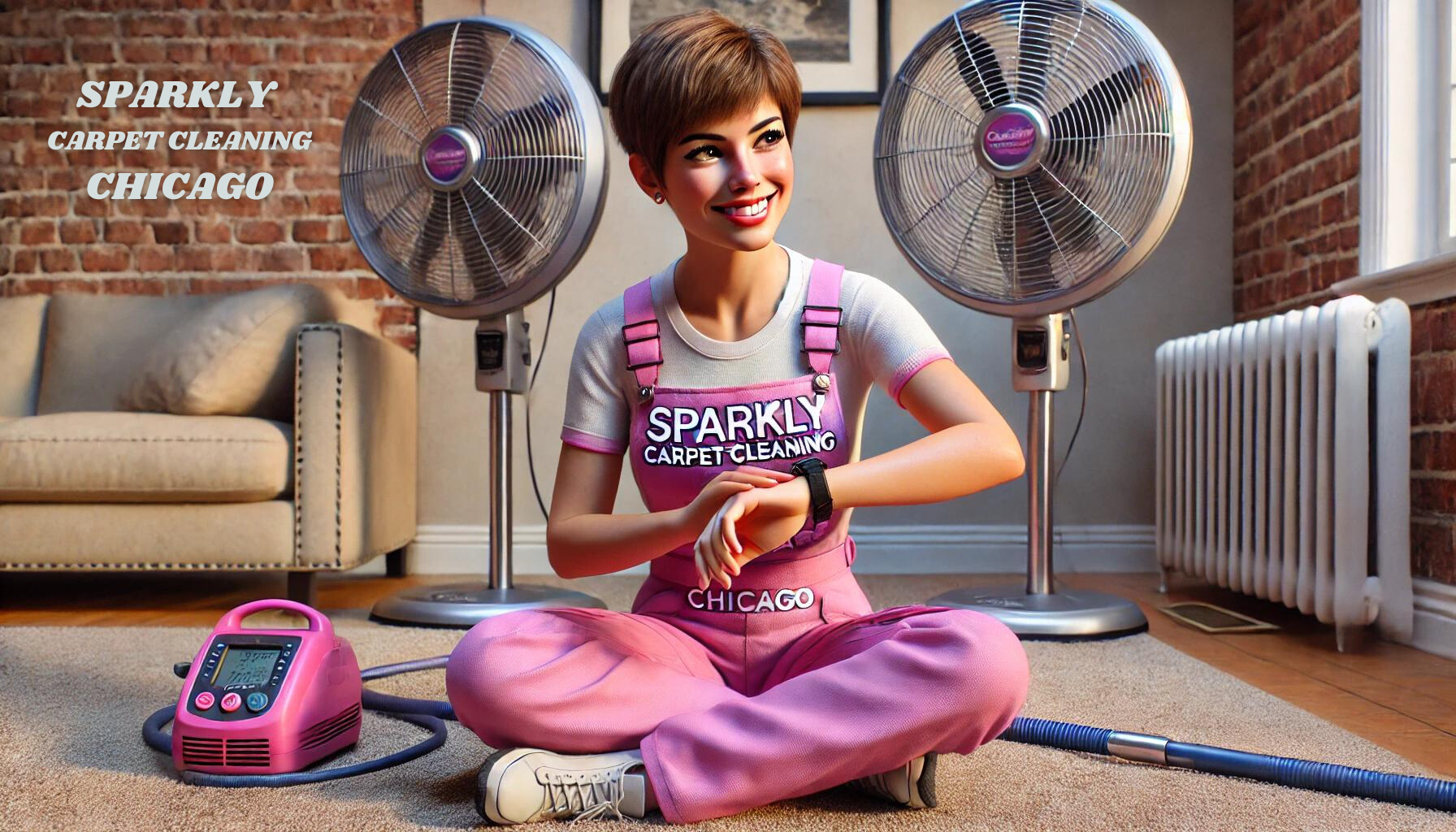Tips And Timelines For Your Carpet Drying Process
Managing Expectations For Post-Cleaning Carpet Drying Period
Understanding Carpet Drying PROCESS
When you have your carpet cleaned, whether by professional services or through a DIY approach, one common concern is the drying time. Knowing how long your carpet takes to dry is crucial not only for planning your cleaning day but also for ensuring your carpet remains in good condition, free from mold or mildew caused by excessive dampness. In this blog, we will delve into the factors that influence drying times and provide tips to speed up the process.
What Affects Carpet Drying Time?
Type of Carpet Material
The material of your carpet plays a significant role in its drying time. Carpets made from natural fibers like wool absorb more water and thus take longer to dry compared to synthetic fibers such as nylon or polyester.
Cleaning Method Used
Different cleaning methods can also affect drying times. Hot water extraction or steam cleaning typically leaves more moisture in the carpet, extending drying times. In contrast, dry cleaning methods use less liquid and result in quicker drying.
Environmental Conditions
The ambient temperature, air humidity, and airflow in your home can greatly influence the drying process. Higher temperatures and lower humidity levels generally promote faster drying, as does good ventilation.
Average Drying Times for Carpets
Understanding the average drying time for different carpet cleaning methods can help you plan your cleaning schedule effectively:
Hot Water Extraction (Steam Cleaning)
This method can leave carpets damp for anywhere from 6 to 12 hours, depending on the conditions mentioned above.
Dry Cleaning
Since dry cleaning uses minimal moisture, carpets can often be dry within 1 to 2 hours.
Bonnet Cleaning
Bonnet cleaning involves a minimal amount of moisture and typically allows carpets to dry in about 2 to 4 hours.
Tips to Speed Up Carpet Drying
Increase Air Circulation
Using fans or opening windows can enhance airflow across the carpet, significantly reducing drying time.
Use a Dehumidifier
A dehumidifier can help pull moisture out of the air, thus aiding in quicker drying of your carpet.
Turn Up the Heat
If it's not a hot day, turning on your heating system can help speed up the drying process, especially during colder months.
Special Considerations for Different Seasons
Drying Carpets in Humid Weather
During humid seasons, extra steps like using air conditioning units or dehumidifiers can be crucial in speeding up the drying process.
Winter Considerations
In colder months, heating your home can help reduce drying times, but ensure there's adequate ventilation to prevent condensation.
Ensuring Your Carpet's Longevity
Why Timing Matters
Understanding and managing the drying time of your carpet is not just about convenience. It's also about protecting your investment. Prolonged dampness can lead to the development of mold, mildew, and a general breakdown of carpet fibers.
Post-Cleaning Care
Once your carpet is dry, vacuuming it can help fluff up the fibers that may have been compacted during the cleaning process. This not only revitalizes the look of your carpet but also extends its life by removing any residual dirt that could cause wear over time.
Preventive Measures to Minimize Drying Time and Protect Your Carpet
Pre-Cleaning Vacuuming
Vacuuming your carpet thoroughly before any wet cleaning methods can significantly reduce the cleaning time and, subsequently, the drying time by removing as much debris as possible beforehand.
Spot Cleaning Techniques
For minor spills and stains, spot cleaning can be an effective way to address specific areas without the need for extensive wet cleaning, thereby reducing overall moisture and speeding up drying times.
The Role of Professional Equipment
Advanced Drying Tools
Professional carpet cleaners often use powerful fans and air movers specifically designed to reduce drying time. Understanding these tools can help you make informed decisions if opting for professional services.
Benefits of Professional Grade Dehumidifiers
While household dehumidifiers can be effective, professional-grade models are designed to handle larger volumes of air, which can be critical in larger homes or where multiple rooms are cleaned at once.
Ensuring a Properly Dried Carpet
In conclusion, the time it takes for your carpet to dry after cleaning can vary widely based on several factors. By understanding these factors and implementing tips to expedite drying, you can ensure that your carpet is not only clean but also dry and ready to be enjoyed much sooner. Proper drying is essential for maintaining the aesthetic appeal and longevity of your carpet, giving you a fresh, clean start after every clean.



